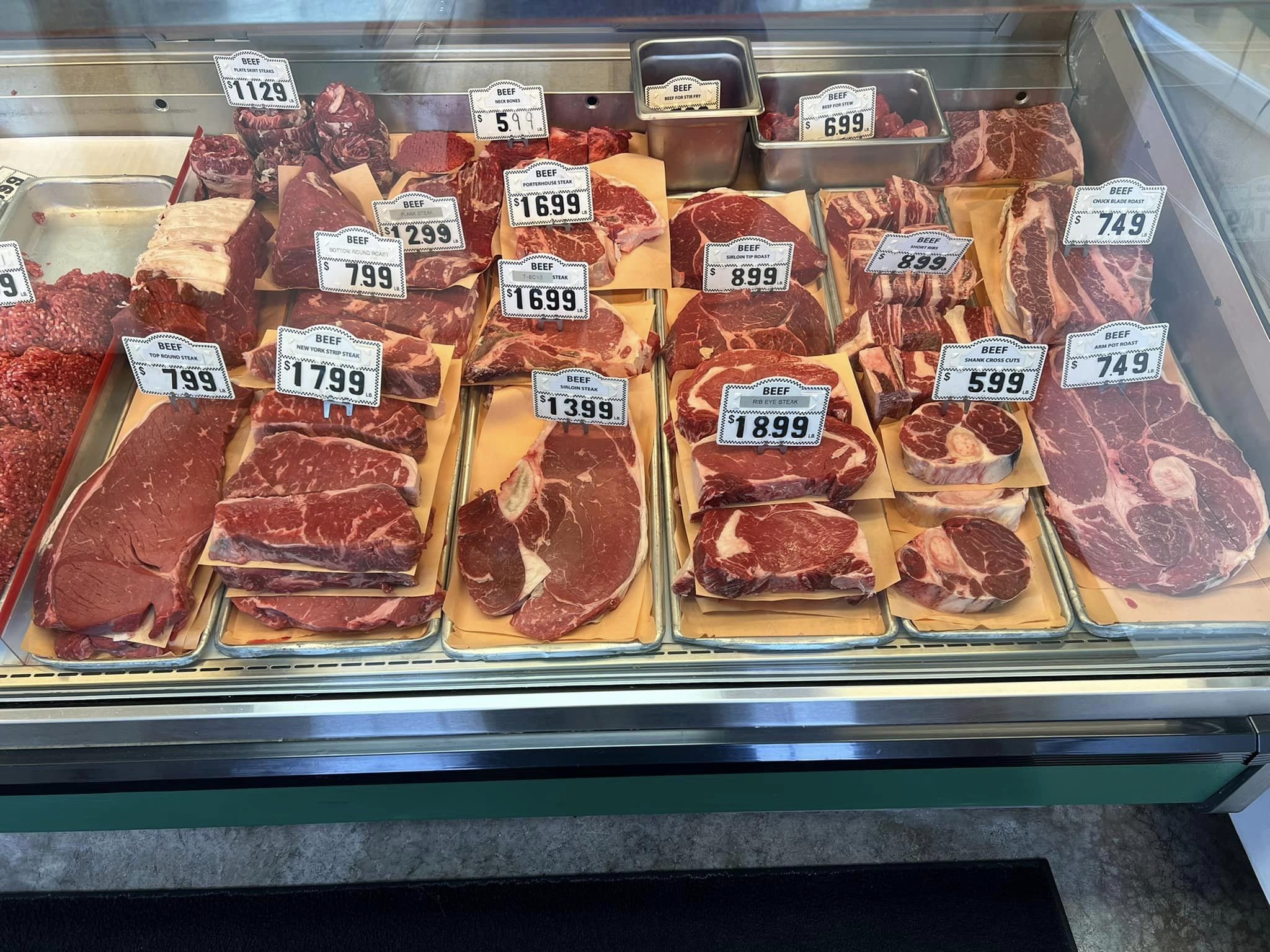Uncover the Art of the Butcher's Cut in a Modern Meat Market
In the ever-evolving landscape of modern meat markets, the butcher's cut has actually transcended its standard origins, merging old-time craftsmanship with contemporary practices. What really establishes the contemporary butcher apart is their capacity to forge a deeper link in between customers and the beginnings of their meat.
Advancement of Butchery Techniques
The evolution of butchery techniques shows a rich tapestry of advancement and adaptation driven by advancements in modern technology, adjustments in customer need, and a much deeper understanding of meat scientific research. Historically, butchery was a craft passed down with generations, with methods developed over centuries to maximize yield and flavor. However, the commercial change introduced automation, changing conventional methods and enabling large-scale handling.
The mid-20th century saw butchery methods further improved by scientific understandings right into muscle biology and meat aging, boosting both inflammation and preference. Developments like vacuum cleaner product packaging and refrigeration expanded item shelf-life, allowing butchers to branch out offerings and boost high quality control. This period also marked the increase of specific equipment, such as band saws and meat slicers, which raised accuracy and efficiency in meat processing.

Computerized systems currently assist in monitoring pet provenance and optimizing cuts to fulfill specific client choices. In addition, a revival in artisanal butchery has emerged, mixing typical abilities with contemporary understanding to cater to customers looking for ethical and lasting meat choices.
Recognizing Meat Cuts
Comprehending the ins and outs of meat cuts is important for both butchers and customers looking for quality and worth. For butchers, exact cuts mirror skill and regard for the craft, making certain minimal waste and ideal return.

Recognizing muscle mass composition is essential; muscular tissues utilized much more frequently by the pet have a tendency to be tougher and are best matched for slow food preparation techniques, while less-used muscles, like those located in the loin, are much more tender and perfect for grilling or roasting. Familiarity with these differences empowers customers to make informed selections, improving their cooking ventures.
Selecting Top Quality Meat
Selecting the appropriate meat involves more than simply selecting a visually appealing piece from the screen. The art of picking quality meat needs a discerning eye and expertise of details attributes that represent quality and quality.
Second of all, think about the marbling, which refers to the white streaks of fat within the muscular tissue. Correct marbling is a key indicator of tenderness and flavor, as it melts during food preparation, improving the meat's juiciness. Keep in mind, greater marbling usually associates with premium quality cuts, such as USDA Prime.
Texture is another crucial element; meat ought to feel firm to the touch, not slimy or overly soft. Additionally, be mindful of the scent. Fresh meat should have a tidy, neutral odor, cost-free from any type of sour or off-putting odors.
Coupling Cuts With Food Preparation Techniques

Alternatively, tougher cuts like brisket and chuck roast are rich in collagen, which breaks down into jelly when prepared gradually. These cuts are ideal for braising or sluggish roasting, permitting the meat to tenderize in time and establish deep, complicated tastes. Cuts such as short ribs and pork shoulder fare well with slow-cooking methods, where prolonged cooking times transform their robust appearances right into delicious recipes.
Lamb shanks and oxtail, which call for long about his term food preparation to soften, are excellent prospects for cooking or slow simmering. These approaches coax out abundant, passionate flavors while preserving wetness. By understanding the one-of-a-kind characteristics of each cut, cooks and home chefs alike can elevate their culinary creations, guaranteeing each dish is both satisfying and site remarkable.
The Butcher's Function Today
Navigating the evolving landscape of the modern-day meat market, the butcher's function today prolongs beyond plain preparation of cuts. Contemporary butchers are cooking craftsmens, educators, and advocates for lasting methods. They bridge the void between the ranch and the fork by making sure ethical sourcing, understanding animal husbandry, and focusing on transparency in the supply chain. This shift reflects the expanding customer demand for top quality over quantity, where provenance and pet welfare are paramount.
In addition to crafting exact cuts, butchers currently engage straight with consumers, supplying cooking recommendations and customizing selections to fit specific needs and preferences. Their proficiency in meat aging, marbling, and taste accounts empowers consumers to make educated choices, boosting their culinary experiences. This customized solution exemplifies the butcher's developing duty as a relied on advisor in the kitchen area.
In addition, butchers are crucial in lessening waste, making use of entire animals to create diverse products such as sausages and stocks. This detailed strategy not only values the pet but also aligns with contemporary sustainability goals. why not find out more This way, the modern-day butcher personifies both practice and innovation, adjusting to an ever-changing market while maintaining the virtuosity and honesty of their craft.
Verdict
Proficiency in comprehending diverse meat cuts and quality indications equips butchers to provide enlightened referrals, lining up certain cuts with ideal cooking approaches. By honoring historic methods while embracing modern demands, the butcher's duty stays crucial in today's innovative meat market.